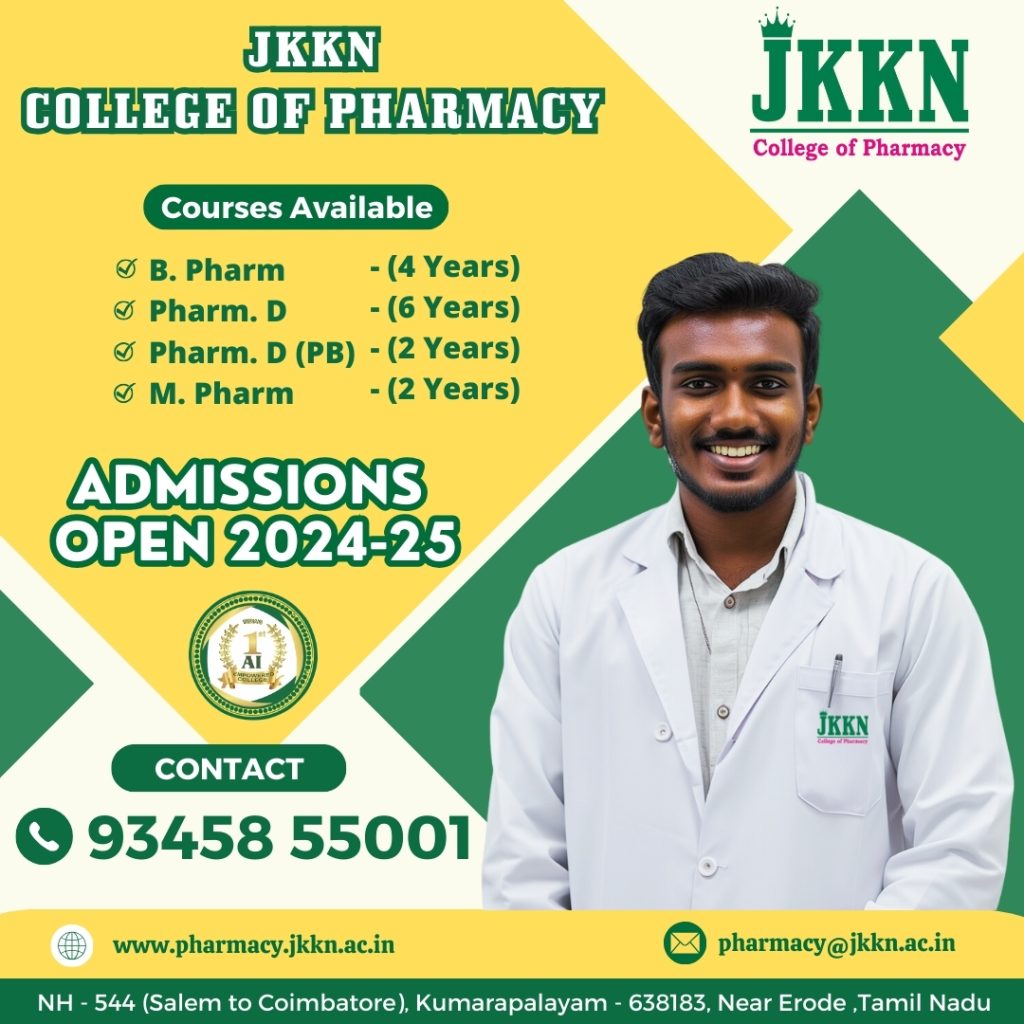I B. PHARM-II Sem
BP201T. HUMAN ANATOMY AND PHYSIOLOGY-II (Theory)
After a successful completion of the course the students will be able to
| Course outcome number | Course Outcomes | Cognitive level |
| CO1 |
Outline the structures and functions of the nervous system, digestive system, respiratory system, urinary system, endocrine system, reproductive system, and their associated organs and tissues. |
C1 |
| CO2 |
Explain the interrelationships and interactions between the different systems of the body, including how the nervous system coordinates bodily functions, how the endocrine system regulates hormones, and how the respiratory system facilitates gas exchange. |
C2 |
| CO3 | Apply the knowledge of human anatomy and physiology to analyze and interpret clinical case studies or scenarios related to the nervous system, digestive system, respiratory system, urinary system, endocrine system, reproductive system, and genetics. | C3 |
| CO4 | Analyze the anatomical and physiological changes that occur in the body during different physiological processes, such as digestion, excretion, respiration, and reproduction. Evaluate the impacts of these processes on overall health and homeostasis. | C4 |
| CO5 | Evaluate the effectiveness and limitations of various diagnostic techniques and medical interventions used in the study and treatment of the nervous system, digestive system, respiratory system, urinary system, endocrine system, reproductive system, and genetic disorders. | C5 |
| CO6 |
Create and design educational materials, such as presentations or Video shorts , that effectively communicate the complex concepts and functions of the nervous system, digestive system, respiratory system, urinary system, endocrine system, reproductive system, and genetics to a lay audience. |
C6 |
Remembering (C1), Understanding (C2), Applying (C3), Analyzing (C4), Evaluating (C5) and Creating (C6)
I B. PHARM-II Sem
BP207P. HUMAN ANATOMY AND PHYSIOLOGY-II (Practical)
After a successful completion of the course the students will be able to
| Course outcome number | Course Outcomes | Cognitive level |
| CO1 | Demonstrate the ability to accurately study and examine the integumentary and special senses using specimens, models, and other relevant resources. | P1 |
| CO2 | Perform hands-on techniques to study the nervous system, endocrine system, and other body systems using specimens, models, charts, and other practical tools. | P2 |
| CO3 |
Display precision in demonstrating and performing the general neurological examination, including assessing reflexes, sensory functions, and motor skills with accuracy and attention to detail. |
P3 |
| CO4 | Articulate and communicate the function of the olfactory nerve, different types of taste, visual acuity, reflex activity, and other physiological processes accurately, both verbally and in written reports. | P4 |
| CO5 |
Apply the knowledge gained from practicals to real-life scenarios, such as understanding positive and negative feedback mechanisms, determining tidal volume and vital capacity, and interpreting body temperature recordings. |
P5 |
| CO6 |
Modify and adapt experimental protocols and techniques when studying the digestive, respiratory, cardiovascular, urinary, and reproductive systems, using models, charts, specimens, and other relevant resources. |
P6 |
Imitation (P1), Manipulation (P2), Precision (P3), Articulation (P4) and Naturalization (P5).


